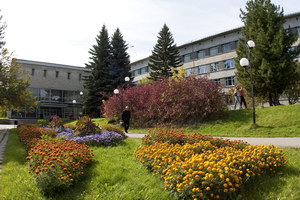Generation adequacy of electric power systems in market price setting
We propose the new model of generation adequacy optimization. Optimization criterion is a maximum of social welfare. Social welfare consists of profits of generating companies, consumer surplus, costs for development and servicing of electrical grids. In the article we present a review of existed methods of adequacy level management in liberalized electric power systems. Optimization of adequacy level is based on analysis of variants of development of the electric power system. For adequacy analysis of the variants of development we multiple estimate the electricity shortage in random hours of the system work. Analysis of the system work in every random hour is realized in two stages. At first we define values of equilibrium electricity demand in every system node and equilibrium price of electricity according to Cournot model. We consider only electricity market in the model. At the next stage we simulate failures of power generating equipment and transmission lines. The electricity shortage in a current hour is estimated on the second stage. After a whole cycle of analysis, we compute reliability indexes and profits of generating companies. Profits of generating companies are depended on the reliability of the electricity supply. The simulations of random values are based on Monte Carlo method. © The Authors, published by EDP Sciences.
Библиографическая ссылка Aizenberg N., Perzhabinsky S. Generation adequacy of electric power systems in market price setting // E3S Web of Conferences. Vol.114. ID: 03006. 2019. DOI: 10.1051/e3sconf/201911403006
Проиндексировано: WOS
SCOPUS


